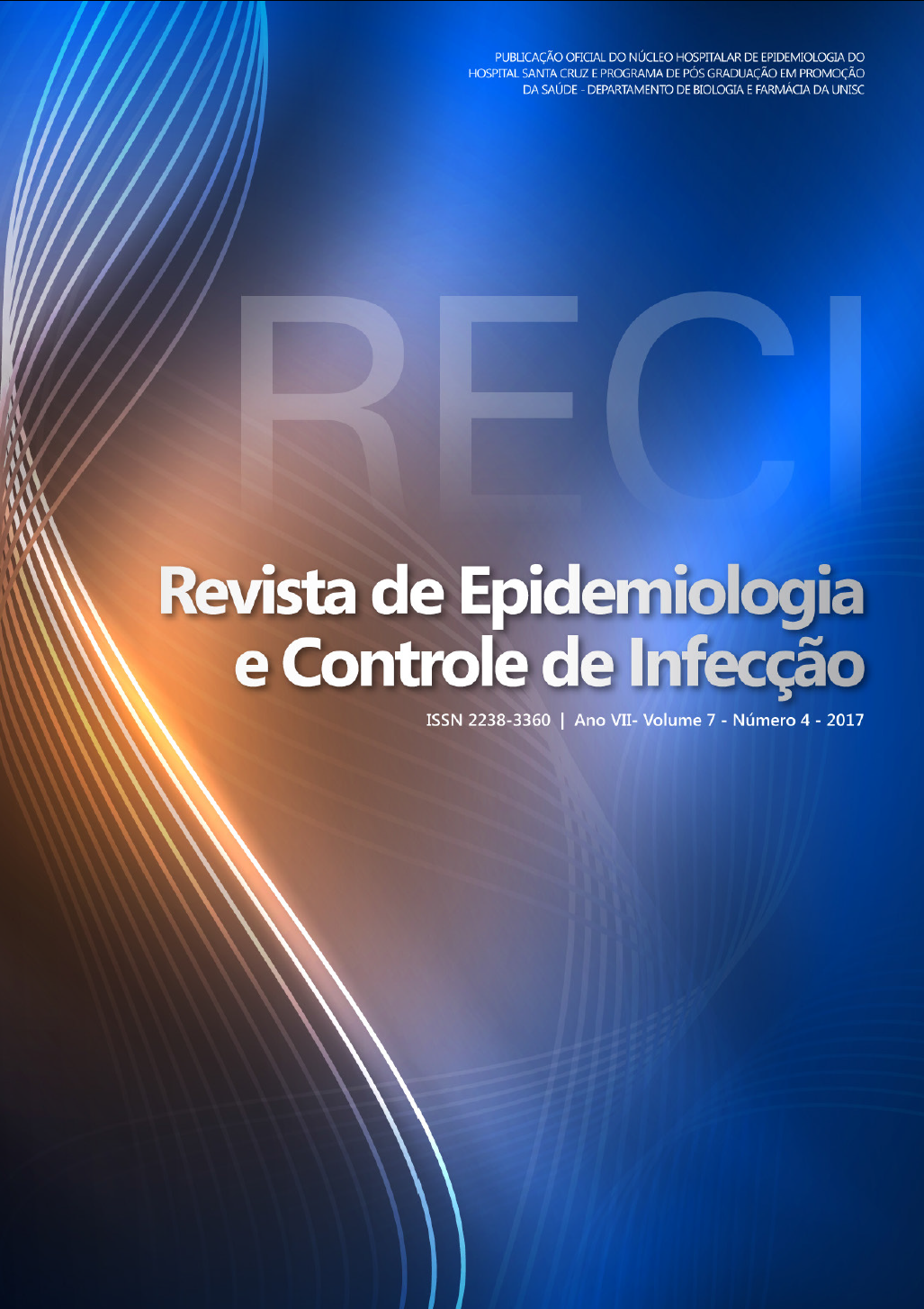Epidemiological profile of HIV patients at a referral center in Southern Brazil: tenyears characteristics.
DOI:
https://doi.org/10.17058/reci.v7i4.9150Abstract
Background and Objectives: The epidemic of HIV infection is a true mosaic of regional sub-epidemics. The aim of the study was to describe the profile of patients newly infected with HIV at a reference center in Southern Brazil. Methods: This is a cross-sectional study, based on information from medical records and the Rede Nacional de Sistema de Controle de Testes de Laboratório. A descriptive, gender-based analysis of the sociodemographic, behavioral and serological characteristics of HIV infected patients was performed between January 2005 and December 2014. The association between the qualitative variables was performed using the Chi-square test or the Exact Test of Fisher, and the quantitative were analyzed by the Wilcoxon Test. The level of significance was set at 5%. Results: The epidemic presented increasing rates, mainly in males and in the municipality of Cascavel. The median age of the population was 33 years, and 680 (57.43%) were men. Regarding marital status, the male sex was predominantly single 3 (51.99% versus (vs.) 34.10%). Diagnostic time less than / equal to two years was higher among men (29.26% vs. 20.83%). The median CD4+ T cell count in females was higher than males (416 cells/mm3 vs. 334.5 cells/mm3; p <0.0001). Conclusion: Sociodemographic, behavioral characteristics and regional disparities should be taken into account in the formulation of prevention programs.Downloads
Downloads
Published
How to Cite
Issue
Section
License
The author must state that the paper is original (has not been published previously), not infringing any copyright or other ownership right involving third parties. Once the paper is submitted, the Journal reserves the right to make normative changes, such as spelling and grammar, in order to maintain the language standard, but respecting the author’s style. The published papers become ownership of RECI, considering that all the opinions expressed by the authors are their responsibility. Because we are an open access journal, we allow free use of articles in educational and scientific applications provided the source is cited under the Creative Commons CC-BY license.


